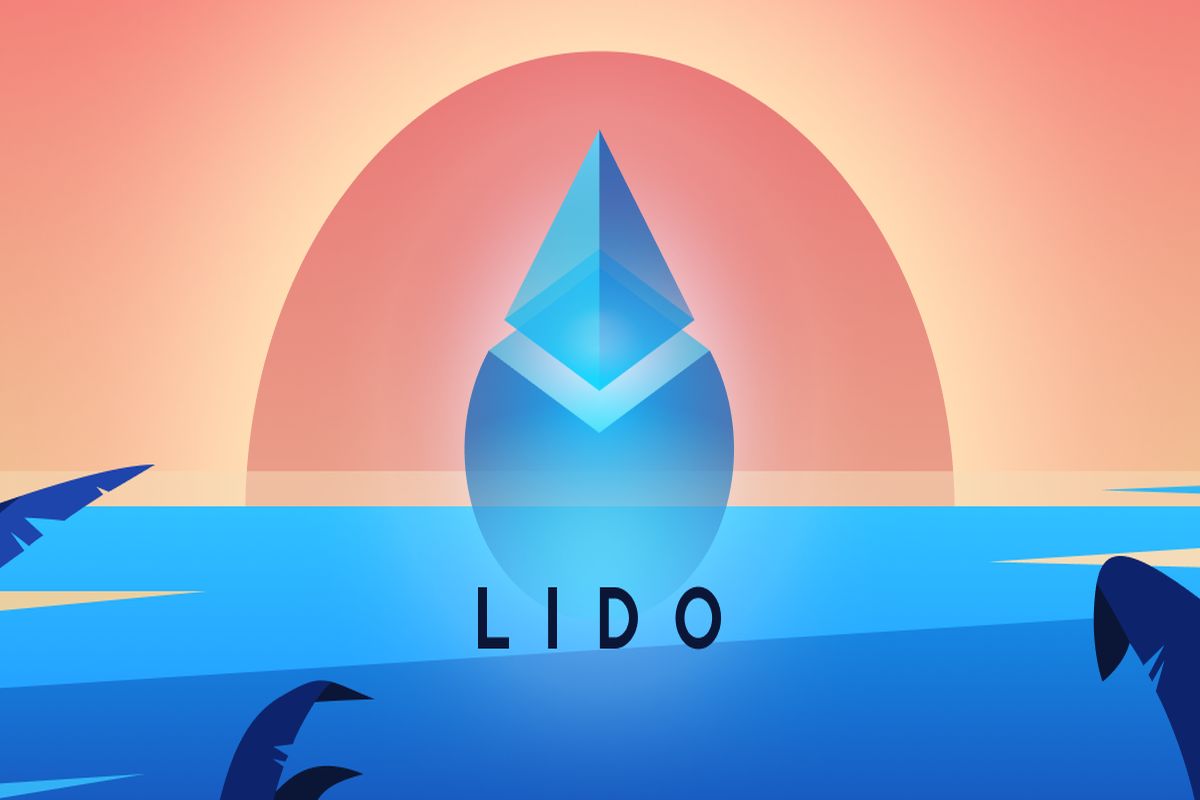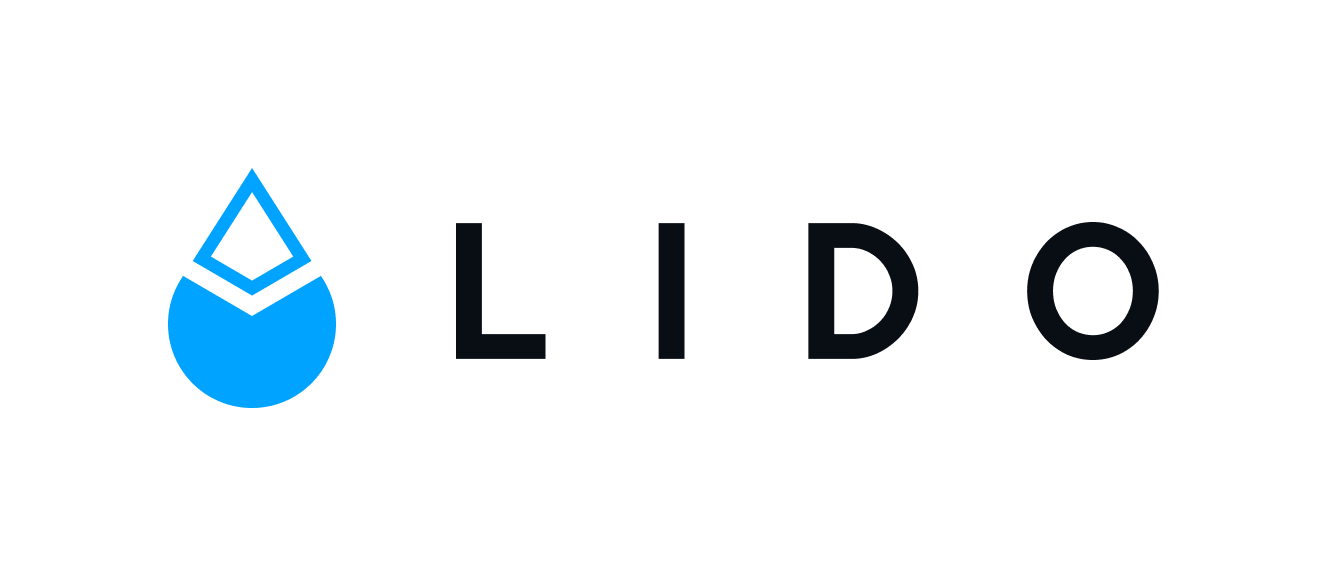Lido Finance is described as a liquid staking solution for Ethereum 2.0 and is backed by several of the industry’s leading blockchain staking service providers. Lido Finance lets users stake any amount of ETH without having to maintain complex infrastructure while letting the users also unstake at any time via secondary markets.
Whenever you stake with Lido, you get stETH tokens on a 1:1. This represents a user’s staked Ether. The stETH balance can be used as the normal ETH to earn yields and lending rewards and is automatically updated daily to reflect the user’s ETH staking rewards.
The primary aim of Lido is to resolve several issues associated with ETH 2.0 staking, which include immovability, illiquidity, and accessibility. It makes the staked ETH liquid and enables network participation with any available amount of ETH.
Related: Vitalik Proposal Could Turn Ethereum Staking Into $160 Million Industry
Why Is Lido Important?
Ethereum’s demand and the total number of transactions have scaled quickly, which made its current architecture unable to manage the whole load adequately.
To make this network highly scalable, Ethereum is transitioning to Ethereum 2.0, which is expected to replace the proof-of-work (PoW) protocol with proof-of-stake (PoS). Instead of mining, PoS needs the market participants to stake their Ether to become a validator and authorize transactions on the Ethereum blockchain to eventually earn some rewards for their contributions.
But, there are challenges that arise in this strategy.
The minimum amount that one has to stake to become an Ethereum validator is 32 ETH, worth nearly $100,000 at the time of publication. Furthermore, users also need a decent amount of technical know-how to develop and operate an Ethereum validator network on their computers.
Users also have to ensure that the system is up and running 24/7 to avoid penalties due to their absence. What makes it worse is that in case one stake now, their 32 ETH is locked until withdrawals are enabled on Ethereum 2.0; and the process might take nearly two years.
All these requirements deter people from engaging in ETH staking, which promises to be a great source of passive income. But that is where Lido staking comes in.
What Is Lido?
Lido is a decentralized staking solution that is quite user-friendly. It lowers the barriers to entry for staking enabling you to stake even a fraction of an Ether on Ethereum 2.0 and earn some passive income.
Moreover, it gets rid of the pain of understanding the technicalities and keeping the system active 24/7. To make things better, Lido provides Liquid Staking to resolve the liquidity issue that affects traditional staking.
Lido Finance is operated as a DAO and the deposited Ether are distributed between reputable and industry-leading node operator that are members of the decentralized autonomous organization. When you stake through Lido’s staking pool, you get staked Ether (stETH) representing your deposited Ether together with any accumulated penalties and rewards.
The deposited Ether remains locked and illiquid until the transfers are enabled in phase 1.5 of Ethereum 2.0s’ phased launch. Although Lido lets you transfer, use, and trade your stETH before the launch of phase 1.5, you are only allowed to redeem staked Ether for Ether after transfers are enabled on ETH 2.0. The stETH are minted on a 1:1 basis for each Ether staked through Lido and burned once ‘staked ETH’ are redeemable for ETH.
As part of all that, Lido also provides the stETH ERC20 token on a 1:1 basis for the Ether that you stake. You are allowed to trade and transfer your stETH across different decentralized finance protocols. After staking your ETH on Lido, you qualify for ETH rewards that are proportional to the size of your stake when compared to the total amount of staked Ether.
Related: Staking Will Turn Ethereum Into a Functional Store of Value
In that context, the Lido Finance platform makes it significantly easy for users to participate in Ethereum’s operations. Thus, it makes Ethereum more decentralized and inclusive for all users irrespective of the amount of funds they have. The inclusivity, in turn, opens doors for one to add a passive income stream resulting in a win-win scenario.
Why Stake Using Lido?
Why choose Lido and not all the many other staking services available in the market currently?
Most of the other platforms including Binance and Coinbase offer to stake and users are allowed to stake small amounts of ETH on these platforms as well. The best part appears to be that you do not need to integrate any external wallet since the platforms already hold cryptos and tokens in their wallets.
But, that is where the real problem lies.
Cryptos are all about ownership, decentralization, and security. However, when you use a centralized platform, you put everything at stake together with your crypto. You end up trusting a centralized platform with all your assets and giving them unlimited control.
It does not seem like a great idea since cryptos are meant to be decentralized for use at any given time without hindrance. Hence, decentralized platforms like Lido Finance have come and eventually became the best way for users to stake their cryptocurrencies. The platform empowers investors to stake and earn passive income without having to give up control over their funds.
How To Use Lido Finance
It is possible to use Lido Finance with different hot wallets like Coinbase Wallet and MetaMask or with a cold hardware wallet like Ledger Nano X and Ledger Nano S. While the process of using the platform with a hot wallet is quite easy, the only issue is the security risk that comes with hot wallets. A hot wallet is always connected to the internet, which exposes the user’s private keys to cyber threats.
The question comes, how do you ensure that you get the utmost security? By going for a hardware wallet. Speaking of that, Ledger confirmed that it integrated Lido into Ledger Live, which enables Ledger Nano users to stake Ether directly from the Ledger Live platform. Furthermore, you can sell, buy, exchange, and grow your digital assets on Ledger Live.
It means that in case you own a Ledger Nano wallet, you will not have to exit the Ledger ecosystem to stake your Ether. Here is what you need to do to stake ETH via Lido using Ledger live:
- Launch Ledger Live and head to ‘Discover.’
- Click on Lido to open Lido’s platform within the Ledger Live app.
- Write the ETH amount you wish to stake and then approve that transaction from your Ledger wallet.
The best part of using this strategy is that all your private keys remain offline always within the fortress, your Ledger device. After staking, Lido DAO collects a 10% fee from the rewards and the funds go towards enhancing the range of services offered by Lido and offering users insurance against possible slashing risks.
The Lido DAO
Lido Finance is primarily managed by the Lido DAO, a community that creates tools and services required to stake Ether. Members govern the Lido protocol to guarantee its continued stability and growth. Apart from the technical development on the platform, the Lido DAO strives to promote Lido and recruit node operators, users, validators, and more via protocol promotion and educational content.
Notably, the Lido DAO is a flexible solution that is relative to self-staking due to the elimination of the technicalities required for self-staking. Furthermore, Lido Finance lets stakers earn rewards on the lowest deposit that they like, down to 0.00001 ETH, without any limitations on the amount of Ether required to stake.
Lido is the best solution for those users looking for a flexible and effective staking solution that contributes many benefits to the decentralization of the Ethereum blockchain.
Lido Finance Surges As Ethereum Merge Looms
Lido Finance native token, LDO, has been on an upward trend in recent weeks mainly due to the imminent Ethereum 2.0 upgrade. In the first week of April, it gained over 10% to peak at $4.82 up from $4.25.
LDO is a governance token that lets holders vote on proposals and adjust fee parameters that power Lido Finance. The latest move enabled LDO to double its value within a month. The bullish action behind the crypto is linked to the ETH 2.0 upgrade where the network will shift to a PoS consensus mechanism from a PoW one.
Related: The Unconventional Guide to Ethereum
The shift, dubbed ‘The Merge’ will happen by the end of Q2 2022 or slip slightly into Q3, based on ConsenSys CEO and Ethereum blockchain co-founder Joe Lubin.
Lido Finance staking project enables users to deposit their ETH and earn a yield. This activity is different from offering liquidity on a decentralized exchange (DEX). In its case, the deposits are used to help in securing the PoS-based ETH 2.0, recently rebranded to Consensus Layer. The PoS networks require validators to guarantee that the network approves only legitimate transactions and rejects fraudulent ones.
Eventually, as the staked Ether (stETH) enjoys more adoption within the general decentralized finance (DeFi) network, users get an opportunity to earn more yield on the asset on platforms like Aave and Curve.
Massive adoption together with expectations surrounding the Ethereum Merge event is believed to be the main reason why the LDO token’s value is rising rapidly in the market. With all the underlying use cases, analysts believe that the token will rise further in the coming months.









